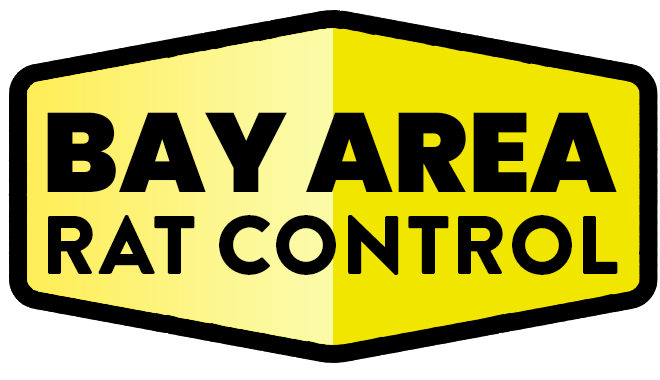Opening Thoughts
Rats are experts at hiding, often establishing themselves in a property long before their presence becomes obvious. Early detection is crucial to preventing a full-blown infestation. This guide highlights the subtle and not-so-subtle signs of rat activity, empowering homeowners and businesses to act before the problem escalates.
Subtle Signs of a Rat Infestation
1. Droppings
- Appearance: Dark, pellet-shaped droppings about ½ to ¾ inch long.
- Common Locations: Near food sources, in cupboards, or along walls.
- What It Indicates: Fresh droppings are shiny and soft, suggesting recent activity.
2. Gnaw Marks
- Appearance: Teeth marks on wood, wires, food packaging, or furniture.
- Reason for Gnawing: Rats need to chew constantly to keep their teeth sharp.
- Common Locations: Baseboards, electrical wiring, or pantry items.
3. Greasy Trails
- Appearance: Dark, greasy smudges along walls or baseboards.
- Cause: Rats rub their oily fur against surfaces as they follow established paths.
- What It Indicates: High-traffic areas used repeatedly by rats.
Audible and Olfactory Clues
4. Noises
- Sounds to Listen For: Scratching, scurrying, or squeaking sounds, particularly at night.
- Common Locations: Walls, ceilings, attics, or under floors.
- What It Indicates: Noises often suggest nesting or movement.
5. Unpleasant Odors
- Smell Description: A strong, musky odor.
- Source: Rat urine, droppings, or a decaying carcass.
- What It Indicates: A long-standing or growing infestation.
Physical Evidence of Rat Activity
6. Nests
- Materials Used: Shredded paper, fabric, insulation, or plant material.
- Common Locations: Dark, hidden areas like attics, basements, or behind appliances.
- What It Indicates: Active reproduction and a growing colony.
7. Tracks
- How to Spot Them: Dusty areas may reveal footprints or tail marks.
- Detection Tip: Sprinkle flour or talcum powder near suspected entry points to confirm activity.
Common Rat Hotspots
Indoors:
- Kitchens and pantries (food storage areas).
- Basements, attics, and crawl spaces (nesting areas).
- Walls and ceilings (travel routes).
Outdoors:
- Trash bins and compost piles (food sources).
- Overgrown vegetation or woodpiles (shelter).
- Cracks and gaps in building exteriors (entry points).
How to Confirm and Act on Infestation Signs
1. Conduct a Thorough Inspection
- Examine suspected areas for the signs outlined above.
- Use a flashlight to check dark, hard-to-reach spots.
2. Set Up Monitoring Tools
- Traps: Place snap traps or sticky traps near suspected pathways.
- Cameras: Use motion-sensor cameras to capture nocturnal activity.
3. Call a Professional
- If signs are widespread, contact a pest control expert for an immediate assessment and intervention.
Final Thoughts
Recognizing the early signs of a rat infestation can save you time, money, and stress. By staying vigilant and proactive, you can address minor issues before they become major problems. Use this guide as your first line of defense against these unwelcome invaders.
Relevant Links/Sources:
Early Signs of Rodent Activity – PestWorld
Detecting Rats in Your Home – Orkin
Rat Infestation Warning Signs – EPA
